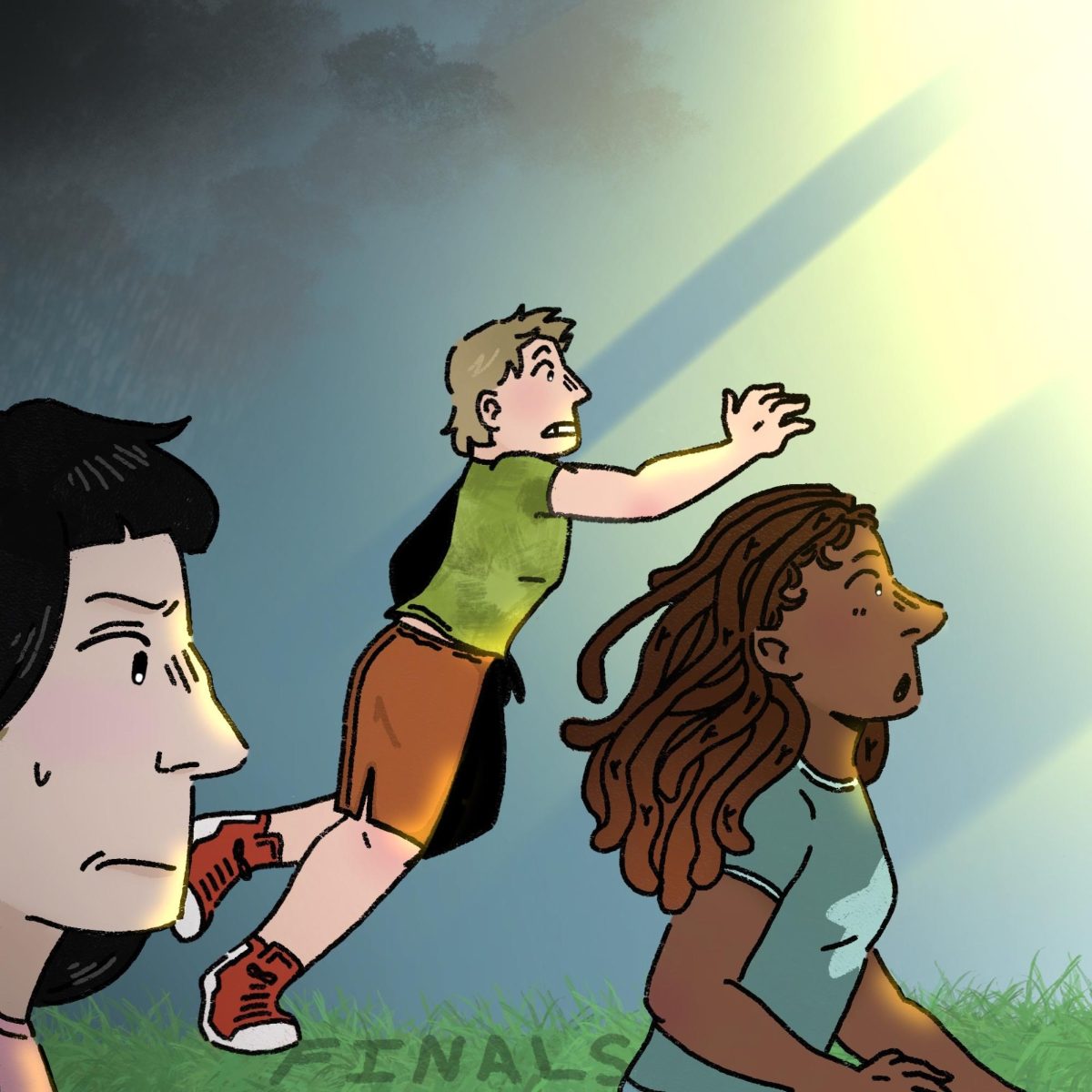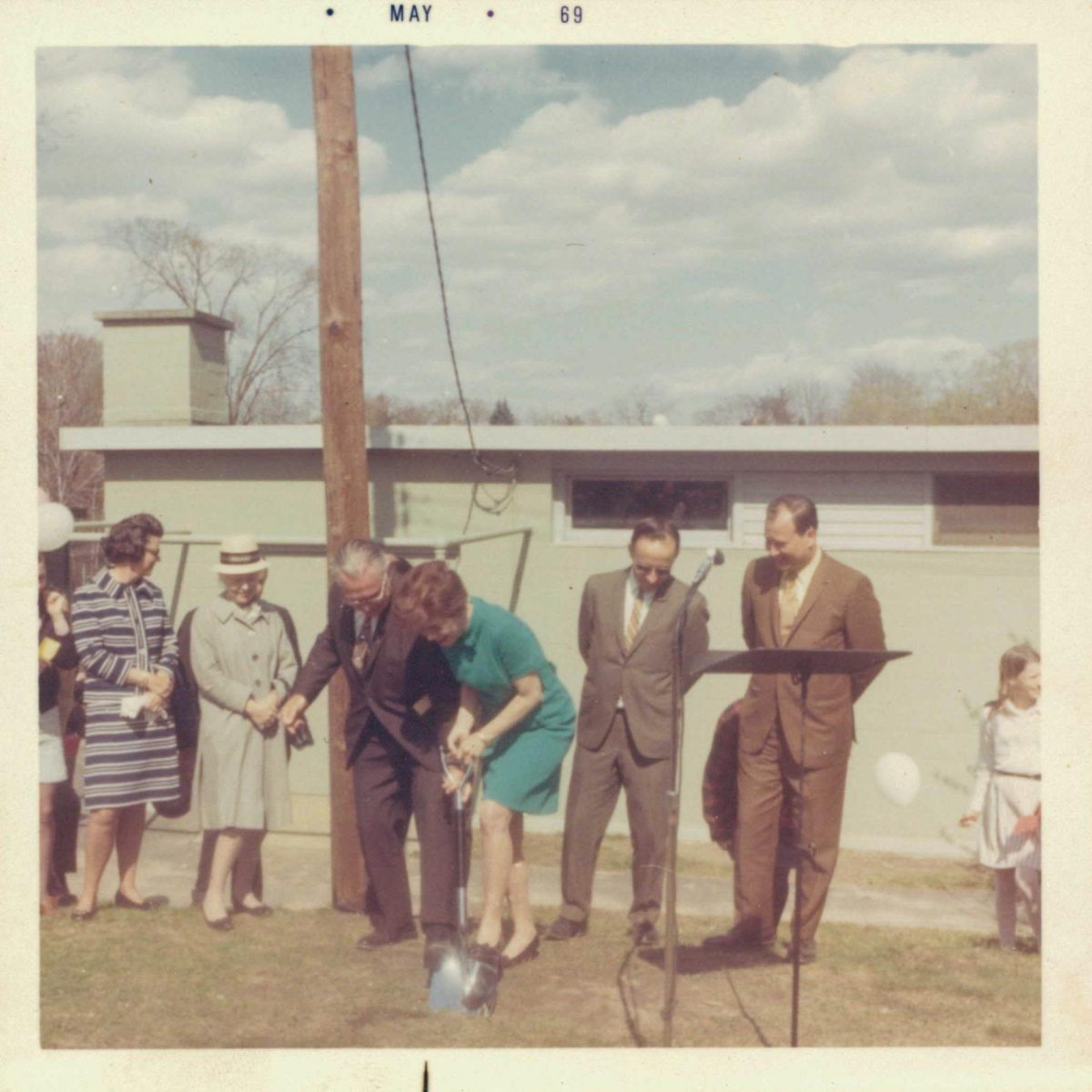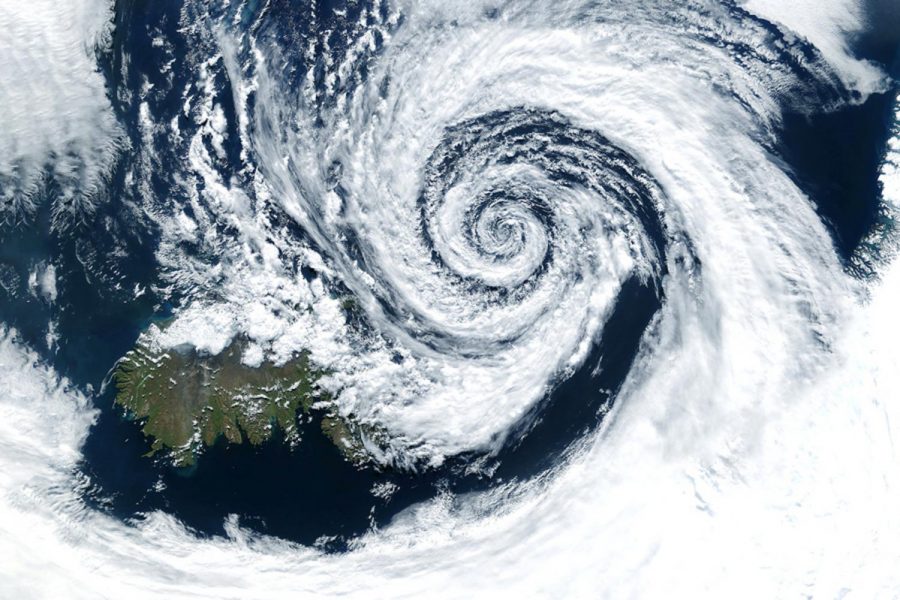Op-Ed: America’s Troubling History of Hurricanes
June 4, 2020
Hurricanes are forces of nature. From space, they look beautiful, but they are terrifying from the ground—they can torture houses, break trees, flood roads, extend the ocean, and take lives.
During the 1970s and 80s, Atlantic hurricane activity was sparse.
There weren’t many above-average hurricane seasons from 1970-1994 in terms of accumulated cyclone energy (ACE), how scientists measure the intensity and longevity of storms. During this “cold phase” for hurricane activity, however, the world still endured destructive storms like Hugo and Gloria, and most famously, Andrew.
This changed in 1995 with 19 total named storms (40+ mph winds) and 5 major hurricanes, including Hurricane Opal. In 1996, for the first time since the 1950s, there were six major hurricanes, including Hurricane Fran.
In 2004, Hurricanes Charley, Frances, Ivan, and Jeanne resulted in horrific destruction. A year later, the most active Atlantic season on record, four major hurricanes battered the United States, including Dennis, Rita, and Wilma. However, Katrina was easily the most famous of the four.
In 2008, during another above-average season, Hurricane Gustav hit Louisiana and Hurricane Ike decimated Galveston, Texas.
2011 saw Hurricane Irene, which caused major flooding in Vermont and significant damage in South Carolina, although its impact was overestimated in New York City. This trend continued with Hurricane Sandy causing major damage all over the East Coast in 2012, especially in New York and New Jersey.
In 2017, the nation suffered from the costliest season on record, with Hurricanes Harvey, Irma, and Maria all making landfall at some point as Category 4 storms.
In 2018, Hurricane Florence caused catastrophic flooding in North Carolina. In the same year, Hurricane Michael made landfall as a Category 5 hurricane and destroyed parts of the Florida Panhandle.
This summer, meteorologists forecast that we could see the most active hurricane season in recorded history. Combined with COVID-19 pandemic, this could be all the more disastrous.
Last weekend, for the sixth year in a row, the Atlantic Hurricane Season started before the official start date. Tropical Storm Arthur caused minimal impacts on North Carolina. Then, a few days later, and only for the third time in 100 years, Tropical Storm Bertha also formed before the official start date.
Although many might not associate hurricanes with being a significant threat, they are more so than one might think. New England is nowhere near immune to hurricanes. In the past years and decades, recent hurricanes have devastated New England—such as Gloria, Bob, Floyd, Irene, and Sandy. Luckily, those are the only ones that caused major damage. Many other storms have affected the region, but thankfully, they didn’t have as many widespread effects.
In the 1950s, Hurricane Carol was the last major storm to strike New England. Hurricane Edna added to the damage when it arrived a few days later. The following year, Hurricane Diane struck New England.
Most famously, a 1938 hurricane killed over 600 people across New England.
New England is no stranger to weak hurricanes, but it could suffer a great deal of damage after a storm like the 1938 hurricane. The region is likely to face a tropical storm or hurricane this year. We need to be prepared.

























































